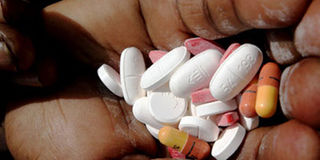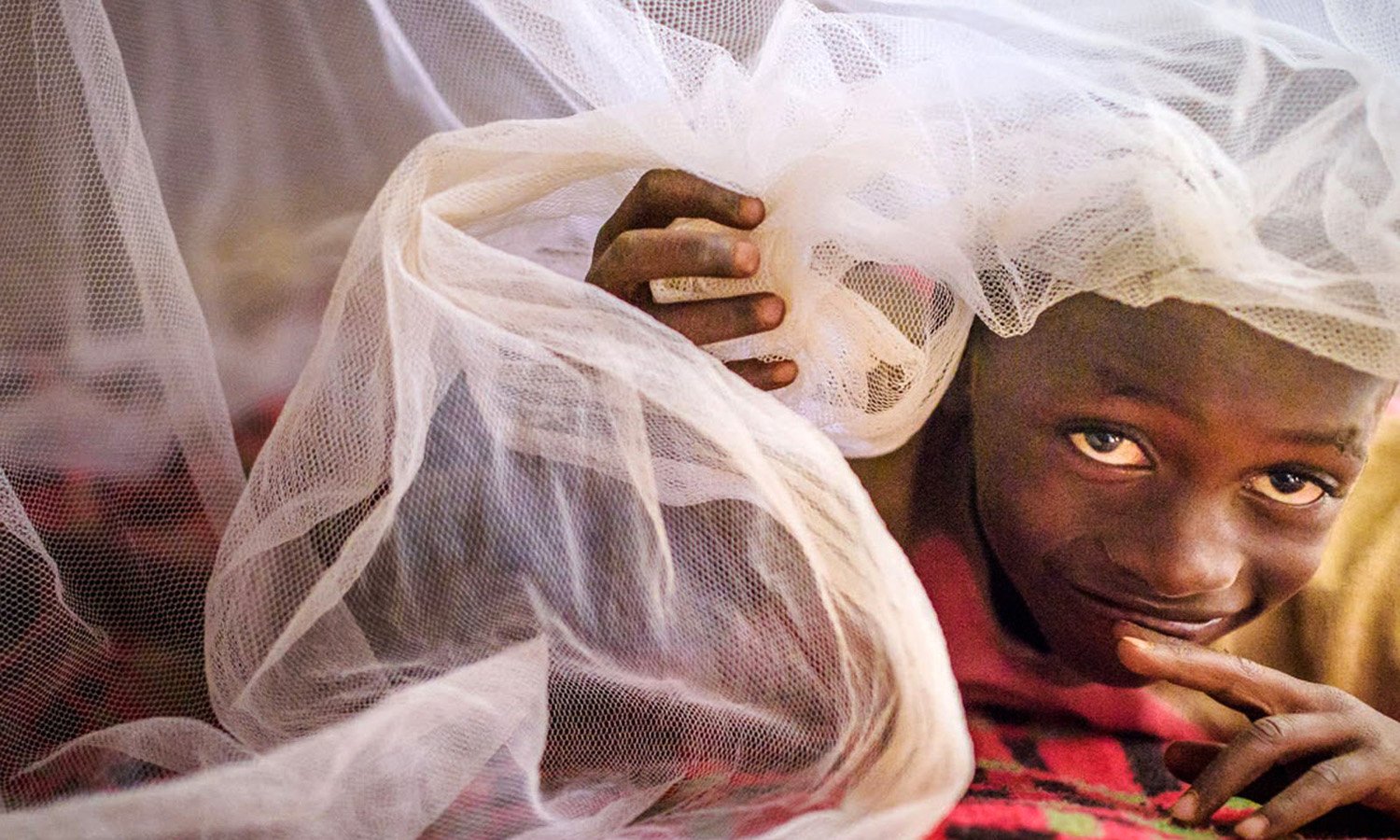Uganda among top contributors to new HIV cases

KAMPALA. Uganda is one of the three countries which contribute 48 per cent of new HIV infections in Africa, the director general Uganda Aids Commission (UAC), has said.
Ms Christine Ondoa told journalists at the Uganda Media Centre on Monday that despite registering a reduction in the number of HIV/Aids related deaths, the country still remains among the 15 countries which contribute a large number of new infections of the deadly virus.
“Since 2011, we have initiated key interventions that have registered impressive gains and have seen the new HIV infections declining. However, we continue to register one of the highest HIV/AIDS prevalence rates in Africa, with about 380 new infections occurring everyday,” Ms Ondoa said.
She made the comments in reference to the 2014 gap report by the Joint United Nations Programme on HIV/AIDS (UNAIDS), which stated that 6 per cent of the people living with HIV are found in Uganda, putting the country among the top five countries with the highest number of infected people.
“There are an estimated 24.7 million people living with HIV in sub-Saharan Africa, nearly 71 per cent of the global total. Ten countries; Ethiopia, Kenya, Malawi, Mozambique, Nigeria, South Africa, Uganda, Tanzania, Zambia and Zimbabwe, account for 81 per cent of all people living with HIV in the region and half of those are in only two countries of Nigeria and South Africa,” the report said.
The report further indicated that 6 per cent of the HIV-related deaths occurred in Uganda even though there was a 19 per cent decline in the number. The decline was attributed to the rapid increase in the number of people on antiretroviral therapy for the past three years.
The 2013 HIV/Aids Uganda country progress report by UNAIDs showed progress with 793,893 people living with the virus on antiretroviral therapy but 570,373 on active treatment.
Last year alone, 1.7 million additional people living with HIV received antiretroviral therapy. Aids related deaths fell from 72,928 in 2011 to 61,298 in 2013.
According to the report, the key drivers of HIV incidence include personal understanding of the virus, awareness of the status and high risk sexual behaviour including ‘early sexual debut, multiple sexual relationships, limited and inconsistent condom use; and transactional, cross-generational and commercial sex.’
The rising HIV infections
New data shows that for every 10 per cent increase in treatment coverage, there is a 1 per cent decline in the percentage of new infections among people living with HIV.
HIV prevalence is estimated to be 28 times higher among people who inject drugs, 12 times higher among sex workers, and in sub-Saharan Africa, adolescent girls and young women account for one in four new HIV infections. There are approximately 1.6 million people living with HIV in Uganda. The number of new infections reduced from 137,000 to 127,000 as of 2014.
Way forward
As a way of curbing the high numbers of new infections, Prof Edward Kirumira, the principal of the College of Humanities and Social Sciences at Makerere University, said the commission is reviving regional Aids conferences that will help local leaders invent messages for the people as a way of increasing knowledge of the deadly virus.
“We will hold four regional conferences this year in Mbarara, Gulu, Mbale and Mukono for May and June to have people participate in generating local knowledge. They will then grow into the National Aids Conference,” Prof Kirumira explained.




